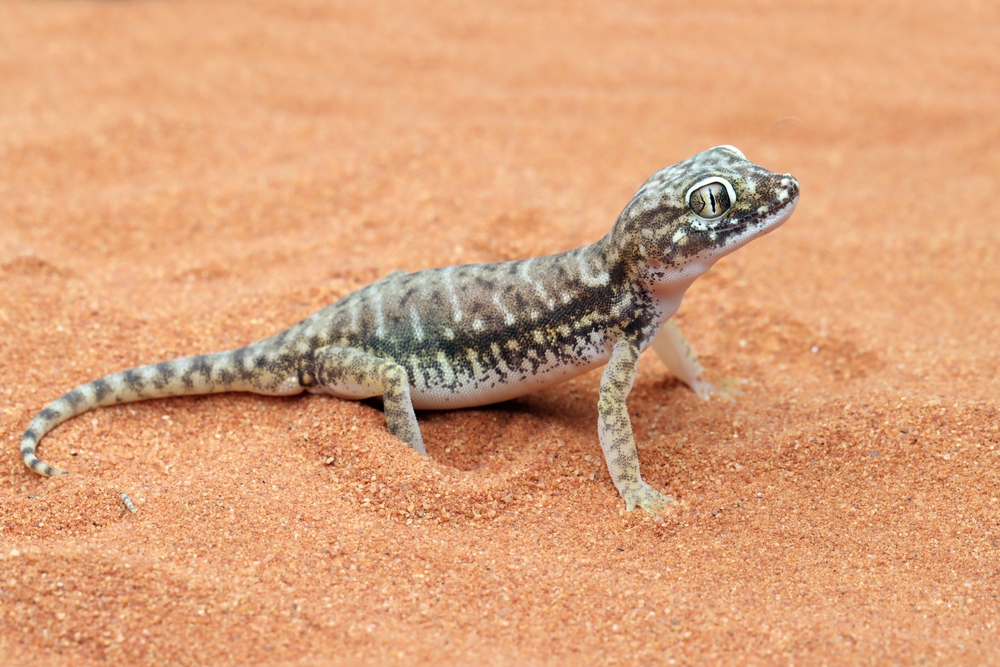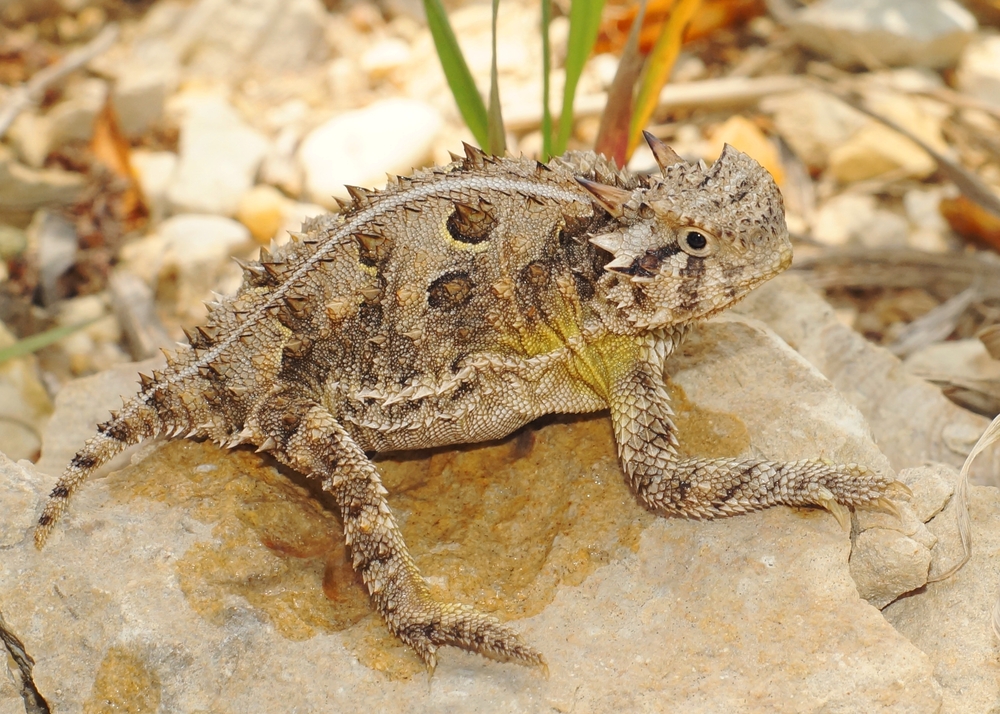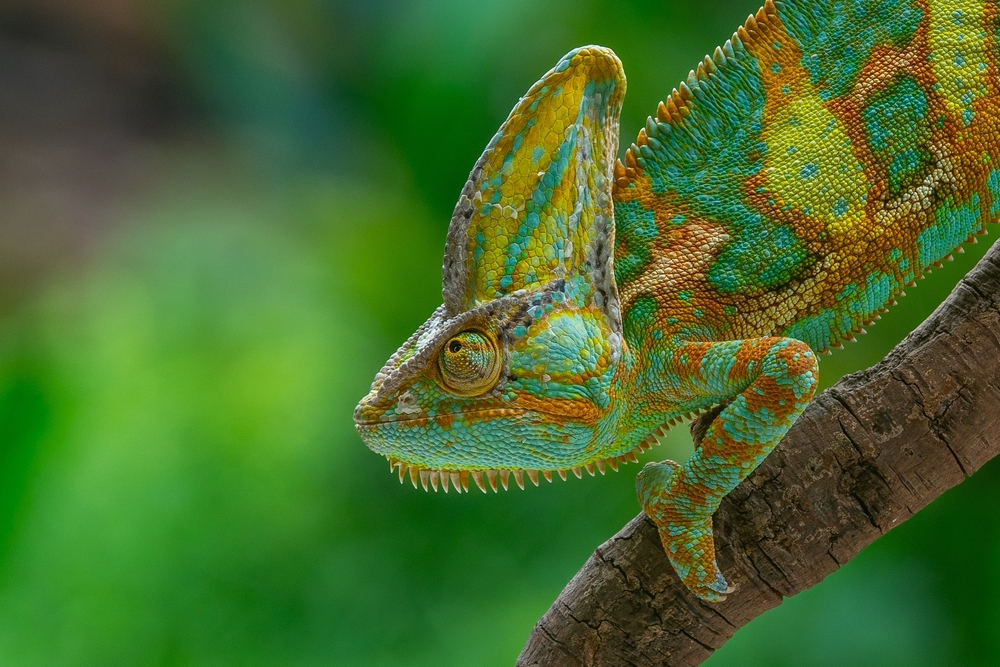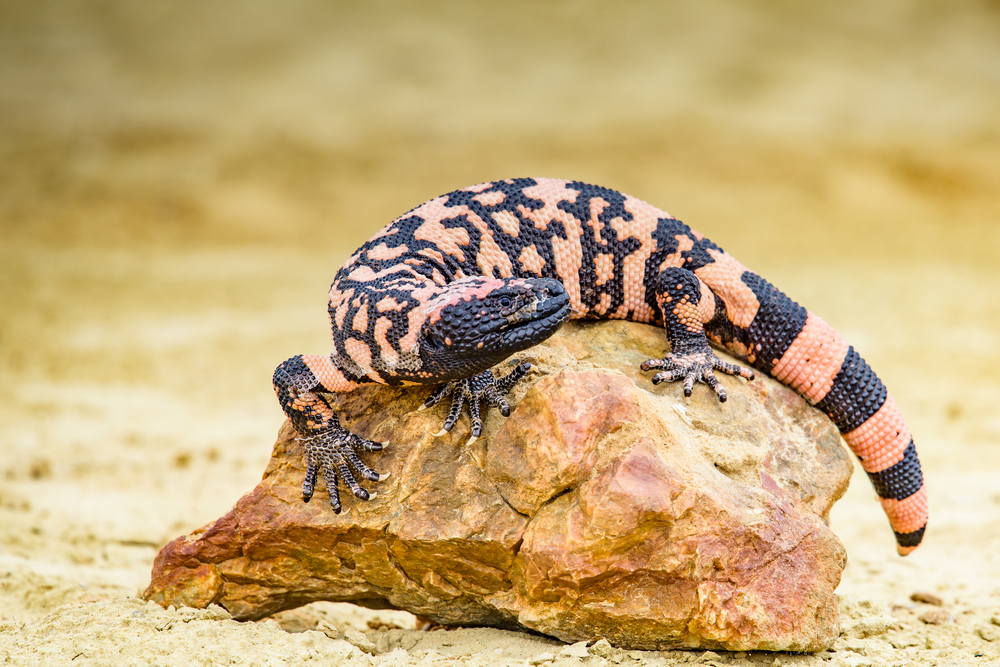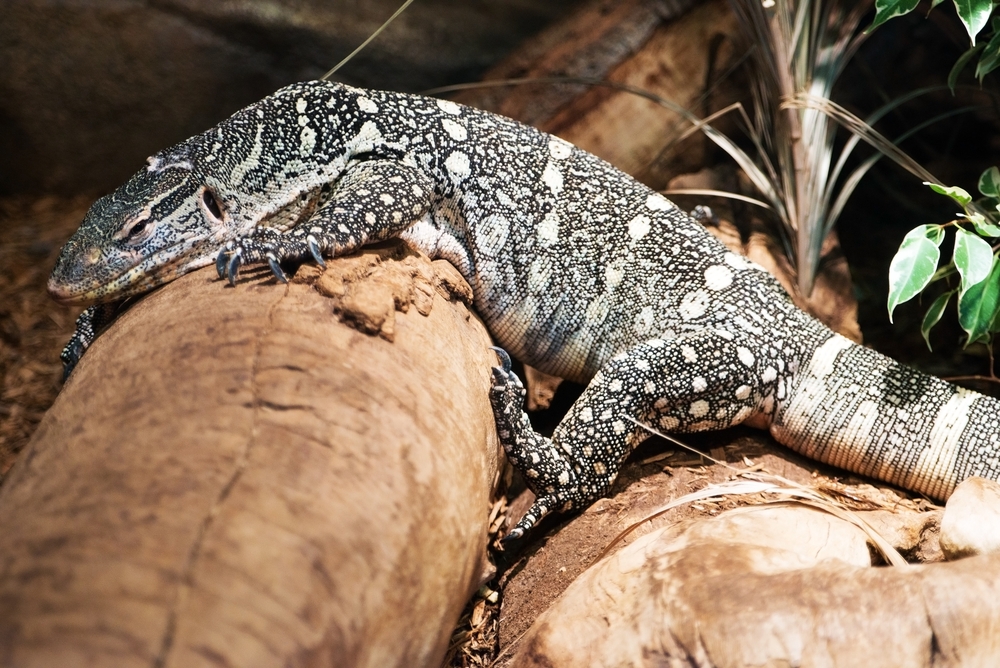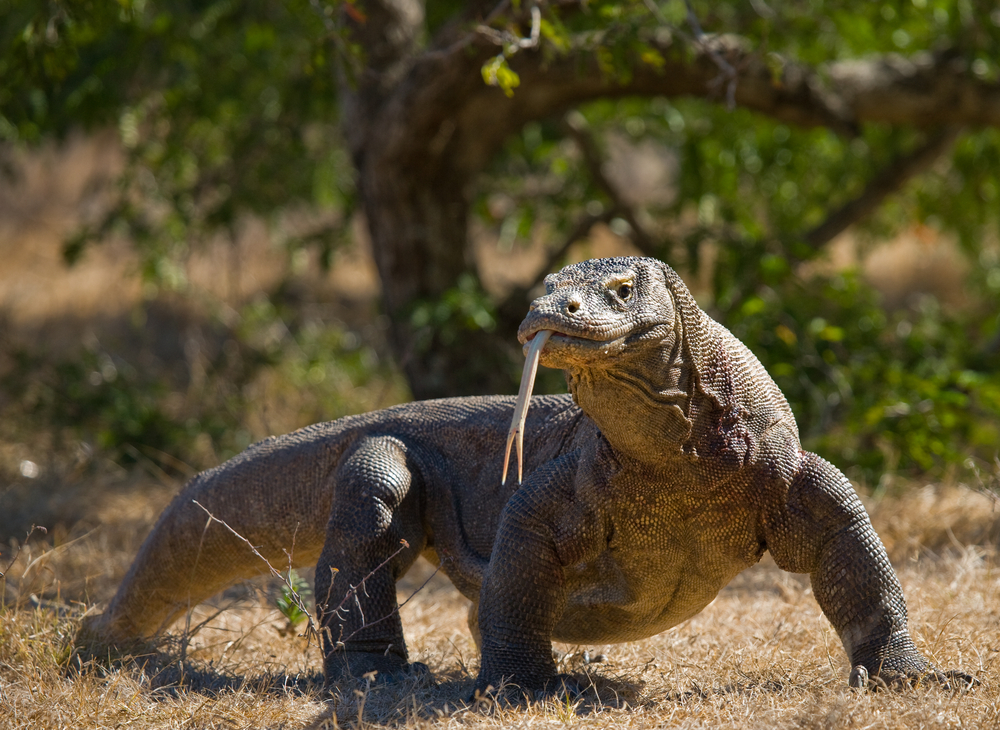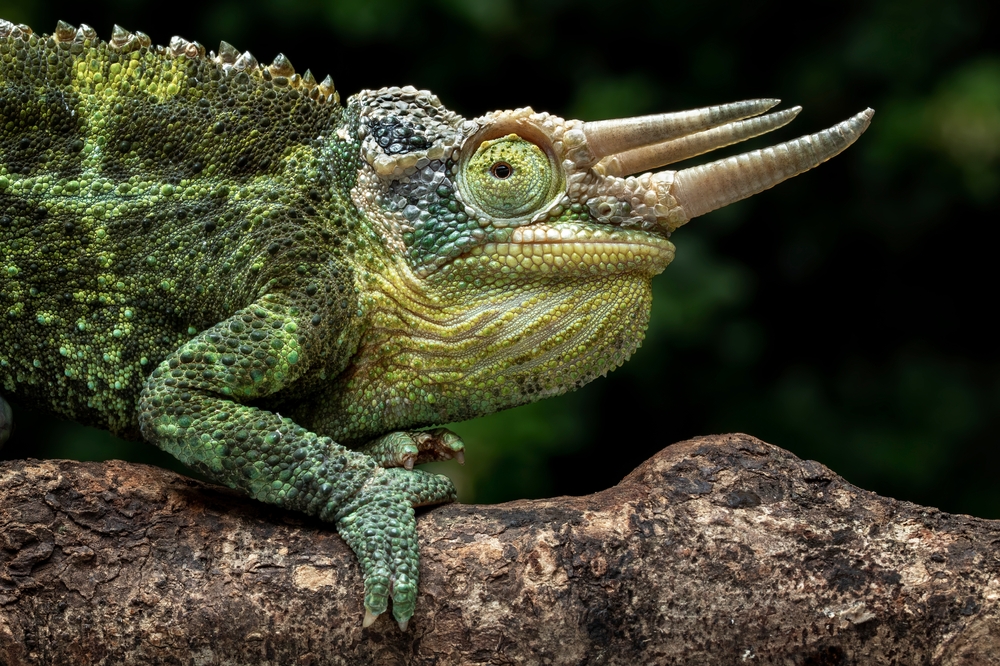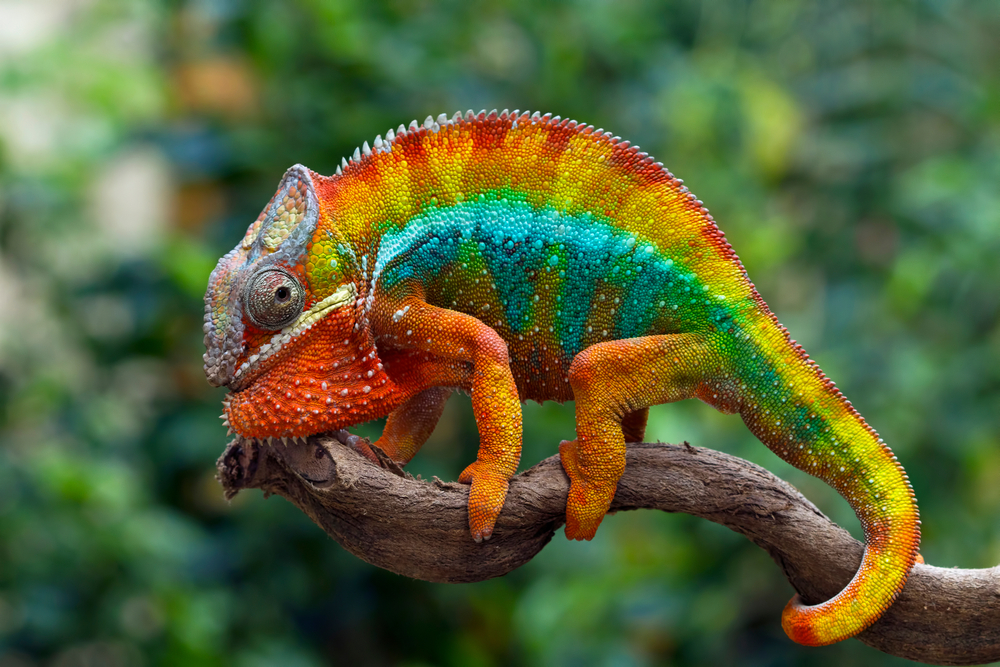Uniqueness
The Sand Gecko is a small desert specialist with a set of remarkable adaptations that allow it to survive in harsh, sandy environments. From its wide-set feet to its nocturnal habits and cryptic coloration, the Sand Gecko is a model of desert resilience and evolutionary refinement.
Desert-Adaptive Feet:
Sand Geckos have broad, splayed toes equipped with fine claws and microscopic structures that distribute weight over loose sand. This prevents them from sinking while walking or sprinting across dunes, similar to how snowshoes work for humans.
Nocturnal Desert Lifestyle:
Unlike many lizards that are diurnal, Sand Geckos are exclusively nocturnal, emerging only after sundown to hunt and avoid extreme heat. Their large, lidless eyes enhance night vision and often reflect light, helping them locate prey and evade predators in complete darkness.
Cryptic Coloration:
Their body color closely matches the desert sand, often with speckles or pale bands that break up their outline. This camouflage allows them to blend seamlessly into their surroundings, both while motionless and on the move.
Burrowing Behavior:
Sand Geckos frequently dig shallow burrows or shelter beneath rocks and vegetation. These burrows help regulate body temperature and humidity, providing essential protection during the heat of the day.
Tail Defense Mechanism:
Like many geckos, they possess caudal autotomy—the ability to detach the tail when threatened. The detached tail wriggles to distract predators while the gecko escapes. A new tail regenerates over time, though often less colorful or uniform than the original.
Minimal Water Dependence:
Sand Geckos get most of their moisture from insect prey and condensation, making them incredibly efficient at surviving in water-scarce ecosystems. They do not require standing water to thrive.
Subtle Vocalizations:
Some species produce soft chirps or squeaks, particularly during mating season or territorial disputes—an uncommon trait in many lizard species.
The Sand Gecko’s blend of terrain-specific mobility, nocturnal stealth, and physiological efficiency makes it uniquely suited to desert life. Its subtle yet sophisticated adaptations exemplify how reptiles can thrive under extreme environmental pressures.



































































